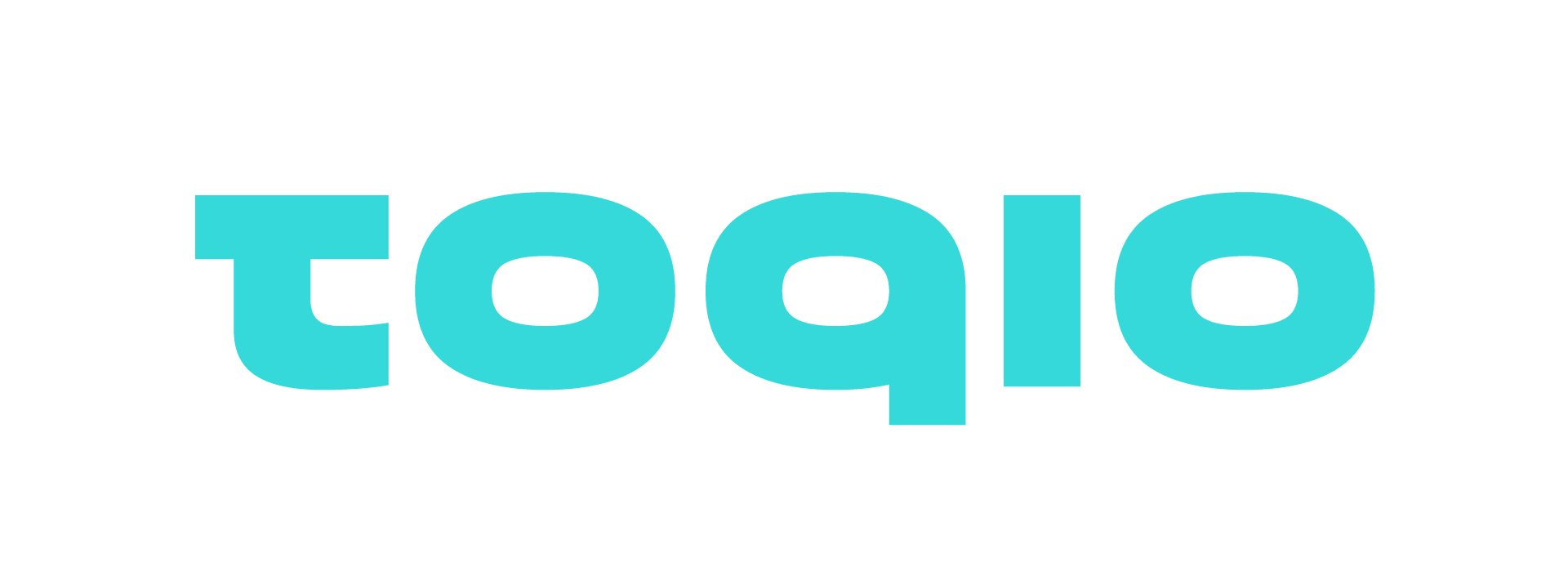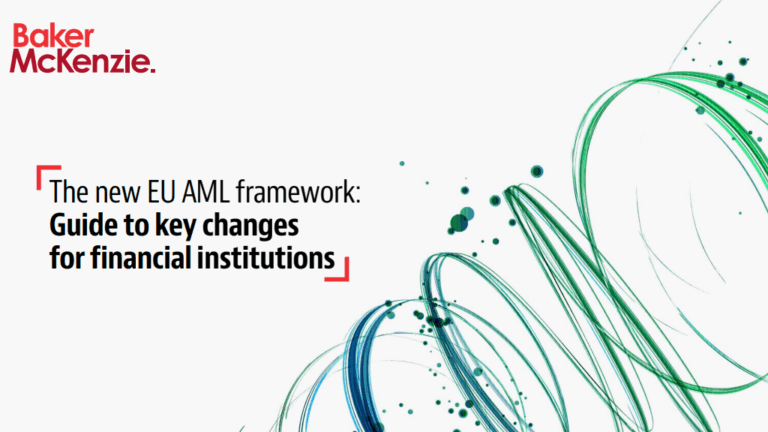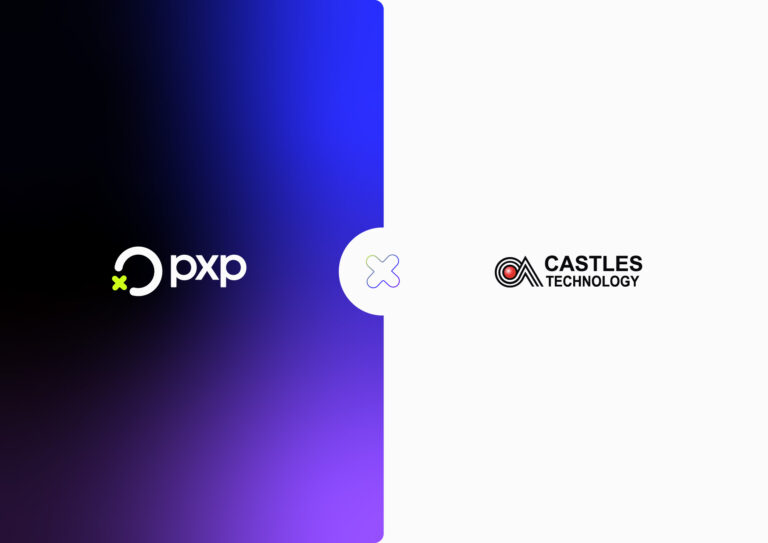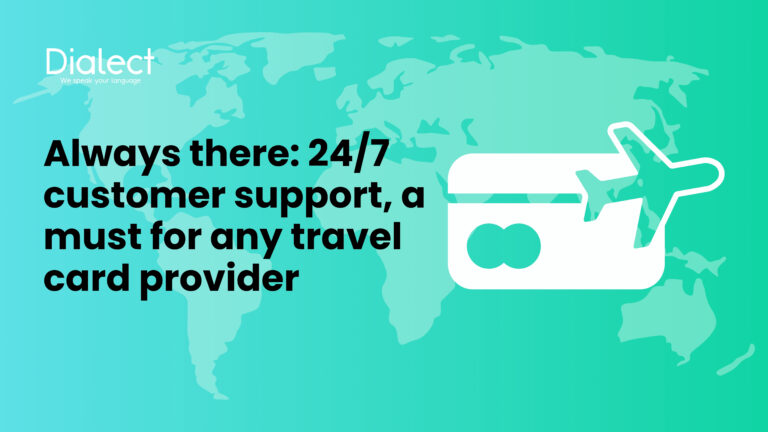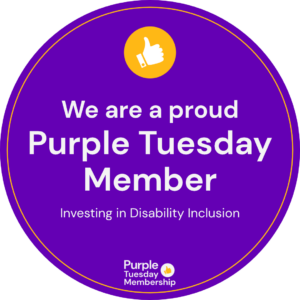We’ve previously discussed our conviction that building a fintech solution on our platform is quicker, easier, and better in every way than trying to do it in-house. Cost and time to market are two of the most critical aspects of a project, so we thought we’d lay out all our expenditures in order. Bear in mind that many of these costs can lead to incremental savings year after year if used effectively, even though prices will more than likely go up as time passes. Realistically, the quicker you can get a project done, the cheaper it is. Also, merely replicating the output of our platform doesn’t necessarily avoid the pitfall in which many companies find themselves, namely that of releasing a digital solution that’s pretty much obsolete upon launch.
Infrastructure
The price of creating a full digital infrastructure really depends on whether you’re going to create one that’s physical and completely under your control or whether you’re going to use a cloud platform. Developing your own server structure can pretty much cost whatever you want and every single change you make is going to require an investment. If you buy hardware that is meant to service hundreds of thousands of users in future, your initial expense is going to be massive and you’re not going to use even a fraction of what you’ve purchased for years to come. If you go with a more modest setup, it will cost less initially but will be difficult to scale up as you accrue users. Hence, a cloud solution that can easily scale with the flick of a switch is probably the best course. That’s what we did.
So, it’s safe to say that most companies will want to run their infrastructure on a cloud platform. The most commonly used ones are Amazon Web Services (AWS), Microsoft Azure, and Google Cloud. Toqio is built on AWS because we felt it was the best and most balanced option with regard to price, scalability, speed, stability, and security.
Let’s assume the option to set up and maintain a physical infrastructure is just not going to happen, it’s too cumbersome and time-consuming. AWS offers three pricing models depending on the service and maturity of the company.
- You can pay as you go for services and use only the ones you need, the prices are standard.
- You can take advantage of a savings plan and commit to a minimum amount of usage. This offers discounted rates but you’ll need to have gathered some data in order to define those baselines and make your pricing efficient.
- You can take advantage of volume-based discounts on certain tiered services. In order to do so, however, you’ll need to have grown enough to be able to hit the necessary tiers.
Regardless of where you are as a company, AWS pricing is based on how many resources you use which is based on your number of users. Annual costs are variable depending on site traffic and usage.
At Toqio, like most of our customers, we realize that we need to operate using bank-grade security. That’s why we’ve invested heavily in AWS services, representing our primary infrastructure costs.
- Amazon CloudFront
- AWS Shield
- AWS Guard Duty
- AWS Web Application Firewall
- AWS Key Management System
- AWS Network Level Firewalls
Here’s a summary of what we spend yearly on AWS.

Technology
In general, many tech stacks are built on open source software, a massive cost saver for most businesses. That said, proper development tools are a must-have. These stacks, like the ones used at Toqio, are best of breed tools that are scalable to be used by any size business. They include React & React Native, Java, Springboot, MongoDB, Docker, and others.
Once you have your technology stack chosen, you’ll need to consider the financial services you want to integrate.
- Banking services
- Payment solutions
- Card programmes
- Lending products
- Others
There are scads of pre-built modules you can pay for to be included in your solution, like real-time currency exchange rates, chat or call integration, and others. Many may be optional, it really depends on what you’re trying to build.
Though many of these tools may be free or low-cost, you’re going to need qualified people to handle development and testing, which normally amounts to two front-end developers, two back-end developers, and at least one QA testing specialist. If you already have a team of developers in place, you also need to consider how many of their regular tasks they won’t be doing while you build your new solution, how much training they’ll need if they don’t have it, and what sort of hardware software they’ll require to work efficiently. Bear in mind, that’s the minimum, you may need more staff to get things done more quickly or to create a dedicated internal squad.
Based on what we spend at Toqio, and considering the average starting pay for specific positions in the EU, here’s a breakdown of the minimum you can expect to spend on technology and staff for one year.

Product production
Once you have all the preliminary tasks done, you can actually get to work on building your solution. To do that, you’ll need someone to lead the initiative, like a Product Manager, and someone who can provide technical guidance on development, such as a Product Owner. To develop the interface and make it comparable in quality to other solutions on the market, you’ll need a specialist in user experience (UX) as well as an expert in user interfaces (UI).
That’s the minimum number of people to get your solution across the finish line, and they’ll need tools in order to be able to work, including a project management suite like Jira, a documentation repository like Confluence, and a design system like Figma. If you want to get really fancy, you can add a proper UX journey auditing tool like 11:FS Pulse, which we’ve used effectively. All told you’re going to need to spend on salaries, software licences per seat, and numerous sundry costs.
Again, even if you have all these people and systems in place, you’re going to need to take them off their existing tasks, which means that every minute they’re working on your new offering they won’t be taking care of their regular duties. That may simply not be feasible.
Based on what we spend at Toqio, and considering the average starting pay for specific positions in the EU, here’s a breakdown of what you can expect to spend on technology and staff for one year.


Tech support
If you plan to offer an app or site to a multitude of users, they are inevitably going to run into technical issues. Problems can range from simply not understanding how something works to serious software bugs that can impede usage. You’ll also need to figure out what sort of support you want to provide. We think it’s prudent for a new venture to hire at least two tech support professionals to start, though some companies get away with one by having other technical professionals lend a hand until the volume of user support tickets hits critical mass.
If you’re using Jira to manage your project, it can also be used as a ticketing system by support staff. How users get support is also going to add costs as staff are going to need to communicate with them to help them out, and that can be via the telephone, e-mail, a messaging system like Slack, or other systems. If you feel your solution should be a necessity for your users, you may also need to consider full 24/7 support, in which case you’re going to need staff who can cover three eight-hour shifts daily, increasing your costs further.
We have 24/7 support available to customers, so we can’t get by on the minimum spend.

Compliance
This is actually pre-work that needs to be done prior to building anything, whether in-house or with a SaaS provider like Toqio. If you skip this step, you’re probably going to run into difficulties with regulatory bodies and risk massive fines, loss of credentials, limitations on types and volume of transactions, or all of the above. You can’t skimp on this.
PSD2
The Revised Payment Services Directive (or PSD2, colloquially) is a European certification that is mandatory for any company that engages in digital financial transactions. It regulates the APIs used to connect 3rd party providers with banks. To transact in Europe, your company must be PSD2 compliant.
GDPR
Europe’s General Data Protection Regulation (GDPR) governs user privacy under EU human right laws, especially under Article 8 of the Charter of Fundamental Rights of the European Union. It requires all actions taken by a user in a digital medium to be consensual and active.
PCI DSS
Basically, the Payment Card Industry Data Security Standard (PCI DSS) provides a clear set of parameters and requirements that seek to ensure a safe environment for credit card transactions and information. Hence, any company that processes, stores, or transmits card data must be certified. The cost to obtain the certification includes a number of services, such as external auditor charges, employing consultants and senior level staff, numerous legal fees, staff training, rebuilding or rescaling architecture, and others, not to mention recurring annual costs like renewal fees, consultant charges, and periodic audits and penetrations tests.
ISO 27001
The International Organization for Standardization (ISO) set of rules under certification 27001 refers to a framework that guides organizations on how to protect their information systematically and cost-effectively. Though not strictly necessary, it is nonetheless becoming a simple way for companies to recognize that partners and service suppliers are security-conscious and can prove that data is correctly safeguarded.
Compliance really depends on how much you can DIY, the stage of maturity of your company with regard to processes, and how much you need to do to get your company in shape for audits. Here’s what we spend yearly on ensuring compliance, including certifications, renewals, audits, and other related items.

In conclusion
Looking at the numbers, if you were to try and build your solution from scratch with absolutely no existing assets at your disposal, you’d have to invest a minimum of about EUR 980 000 to launch something that’s passably viable. More likely, you’d need about EUR 1.66 million to do it well. If you already have professionals in place, the cost of building a new solution obviously goes down but then the issue becomes one of how much time your team can actually dedicate to a new project. Even if we’re talking about a large company, re-tasking employees to take on a brand new project will affect other duties and quotidian tasks.

Recurring annual costs need to be factored in, including salaries for tech support and other staff, compliance certification renewals, infrastructure and hardware upgrades, and perhaps even research and development. Long-term total cost of ownership (TCO) is going to bring figures up for every year of operation.
With regard to time, you’d need to ensure company compliance with regulations, set up your infrastructure, hire the appropriate professionals, get them the tools they need, and define processes to build and launch your solution as quickly as possible. We calculate that it can take anywhere between eighteen months (for assigning existing resources to the project and shuffling priorities about) and three years or more (for starting from scratch and hiring and training everyone you need).
We urge you to investigate on your own to come up with figures you think are reasonable according to your company’s actual situation. One thing is indisputable, though: We’ve already built a platform that employs all the personnel required to develop and support a full banking or finance solution in weeks. Consider that when you’re running through the numbers and trying to figure out how much an in-house solution will cost you in terms of money, time, and the impact it will have on your day to day business.


